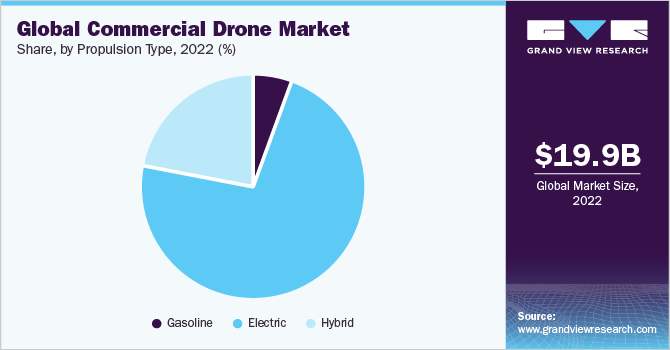
“The Lab with a Jab to the Future”
About
KrishSud Labs is a proposed startup in the form of a private research oriented lab, with an eye on getting few novel concepts in different fields of engineering to technological reality. This lab will be a hub for developing futuristic technologies.
The flag ship project for our lab will be novel drones with novel engines. Typically, the range and maneuverability in drones doesn’t go hand-in-hand. What we are attempting will bring about both range and maneuverability in drones. Additionally, the same concepts can be applied to larger aircrafts. Drones are our first step as they are easier to make, prove / establish the technologies and have a significant market to start with.
Our intended customers will be agencies or businesses that are service providers using drones. By application, they are segmented into: Delivery & Logistics, Agriculture & Environment, Energy, Media & Entertainment, Real Estate & Construction, Government (Security & Law Enforcement), and others.
Now, explaining how we are going to do this: We have two novel concepts to pursue in aircraft design and engines, both being complementary. That being said, we want to take one step at a time, like baby steps, starting from drones. They are tentatively titled from an IP point of view:
- “Blended Wing Body (BWB) Drones / Aircrafts with a birdlike Morphing Tail Assembly and the mechanisms therein”
- “Shaft-less electric engines for Drones and Aircrafts, using the principles of RIM and Dyson fan thrusters”
Primarily drones are classified into rotary wing and fixed wing types. Out of rotary wing, significant portions are quadcopters or quadrotors (having four rotors). Traditionally fixed wing drones have longer range over rotary wing drones. However, rotary wing drones have much better agility and hence control a significant portion of the drone market share. The proposed “Blended Wing Body (BWB) Drones with a birdlike Morphing Tail Assembly” can incorporate the advantages of both rotary wing and fixed wing type of drones.
In a nutshell, we will be developing both novel drones and their engines. We have team members who have a proven track record in both theoretical, practical and program management aspects related to this project. It should be noted that though we are initially focusing on drones, these concepts have a full grown potential to be used in bigger aircrafts as well.
With regards to size, we plan to develop drones in three categories: Small, Medium and Large. Our largest drone will be nearly the size of a light aircraft. Imagine a drone carrying nearly a tonne of freight load, landing on a small strip in a remote place. Effectively, it should carry a minimum of 1000 kg (2205 lbs) payload to 1000 km (621.37 miles) range or 2000 km in a stretch, with a ceiling of 15,240 m or 50,000 ft (but can hover / soar at 15 m or 50 ft). Though military drones are not currently in our radar, it is possibility if we get a large enough customer(s). The development of the large drone will provides us smooth transition from drones to aircrafts, down the lane.
We are currently looking for a suitable startup ecosystem within Asia as well as sufficient funding to develop these technologies, of which the priority is for developing the blended wing body (BWB) design. We are seeking an initial investment for the technology demonstration first phase. Once proven, further investment will be sought for the optimization and manufacturing phases.
More on
The Team

Vinu B Krishnan, PhD
- Aerospace Engineer and Researcher
- Expertise in Materials Science, Aerospace, Design (GD&T), Manufacturing and Metrology
- Experience in entrepreneurship, management, aerospace, new product development and R&D
- Dale Carnegie Leadership Training
- Member of Tau Beta Pi
- 6 US patents and 9 publications
The Market
We want to position ourselves in commercial drone market, with a range like fixed wing drones and maneuverability like rotary wing drones. By application, the market is segmented into: Agriculture & Environment, Delivery & Logistics, Energy, Media & Entertainment, Real Estate & Construction, Government (Security & Law Enforcement), and others. By mode of operation, the market is segmented into: remotely operated, semi-autonomous and autonomous.
According to Grand View Research, the global market for commercial drones estimated at US$13.44 Billion in the year 2020, is growing at a compound annual growth rate (CAGR) of 57.5% over the period 2020-2028.

In the above pie chart of end-users, three sectors (Energy, Media & Entertainment and Real estate & Construction) control a lion share (3/4) of the commercial drone market. We have a great opportunity to capture the untapped potential of the other three sectors that demand longer range.
Potential investors and interested parties



